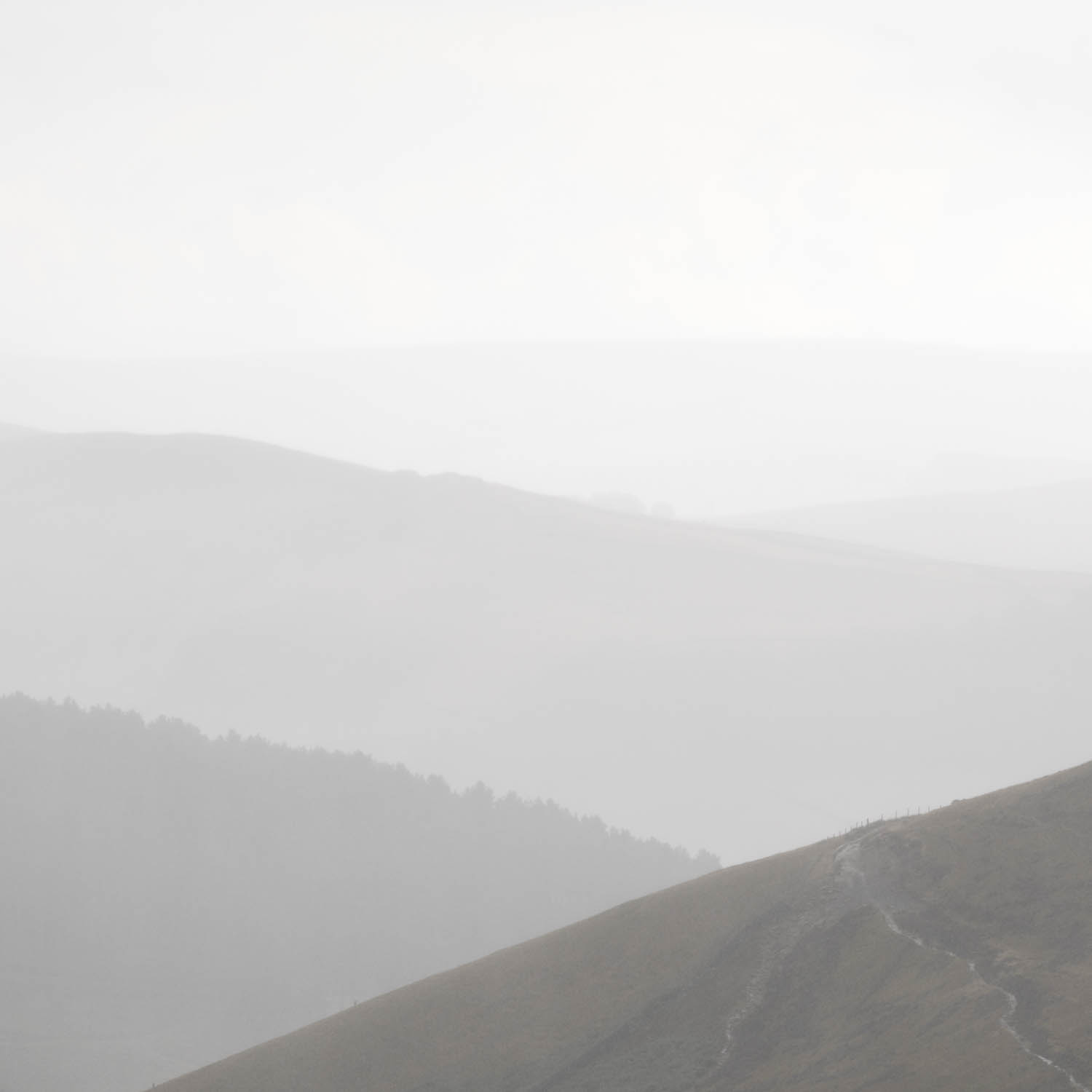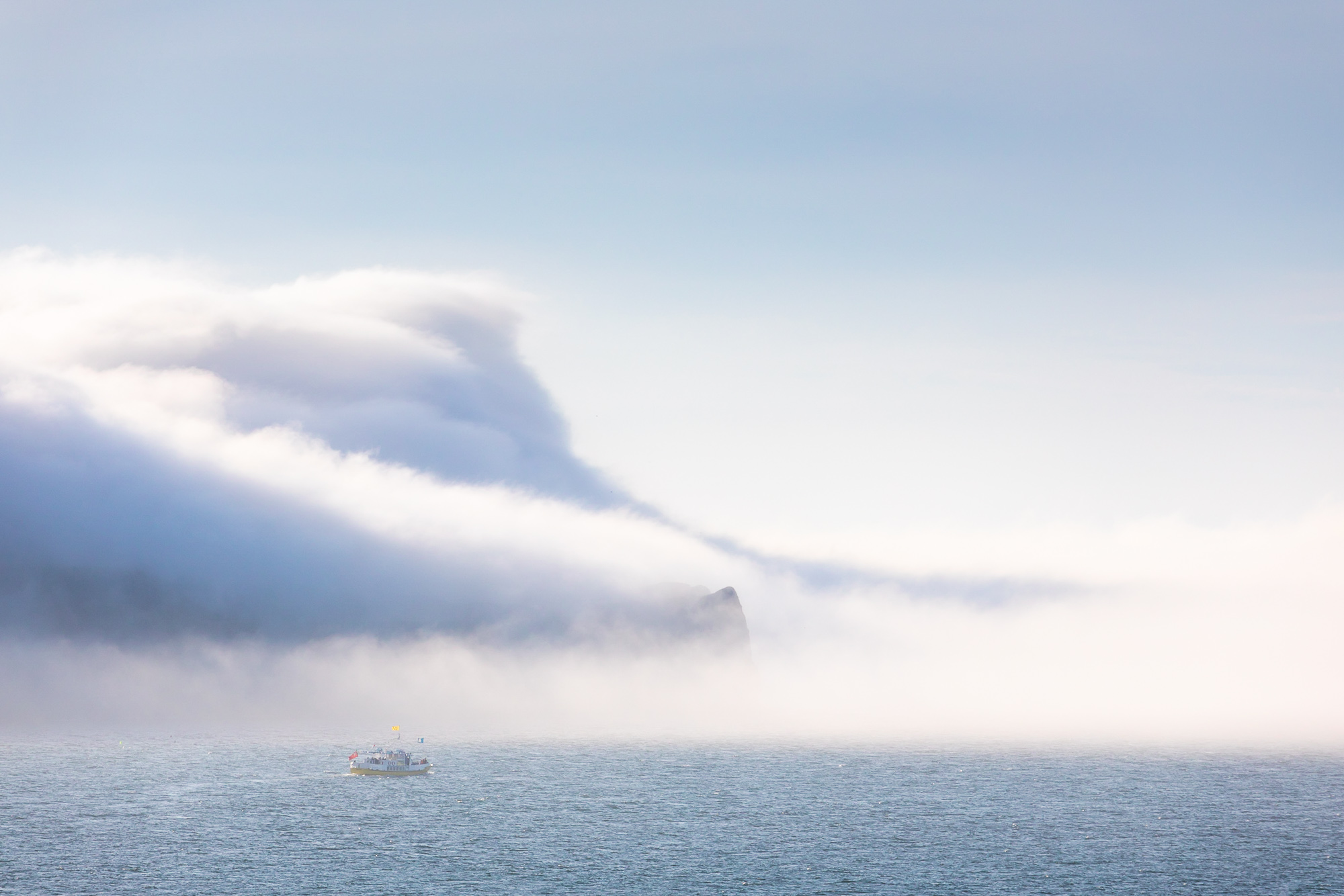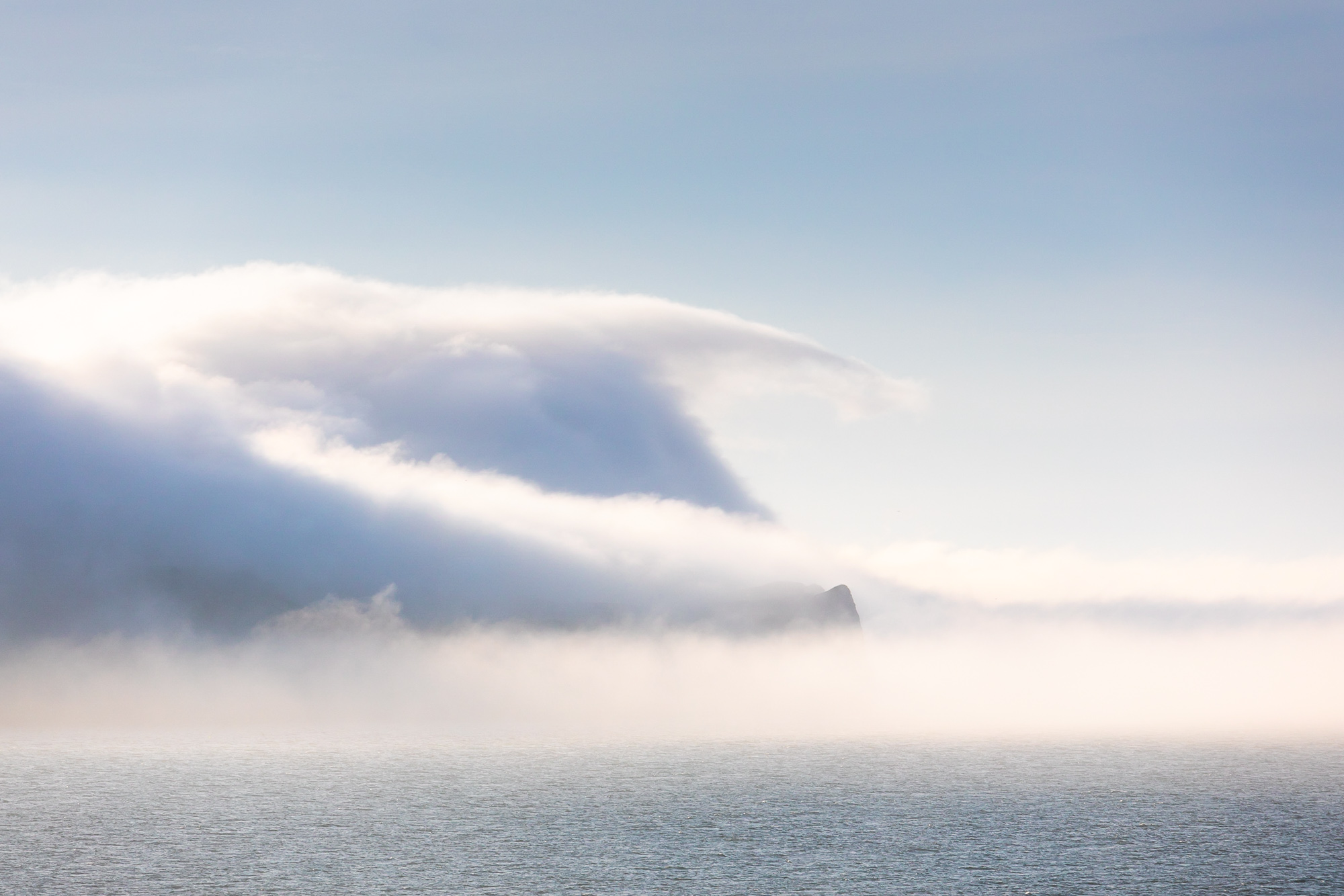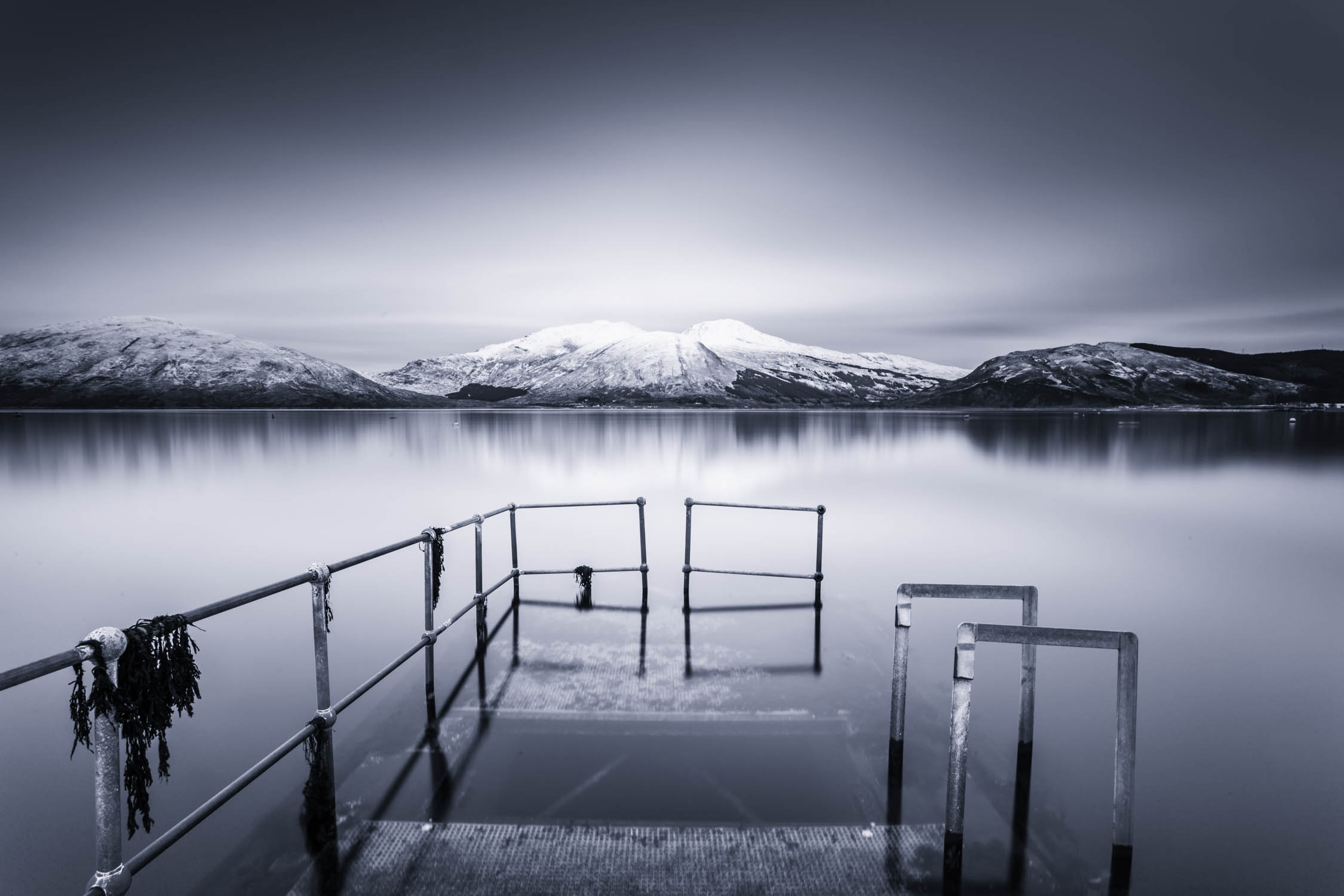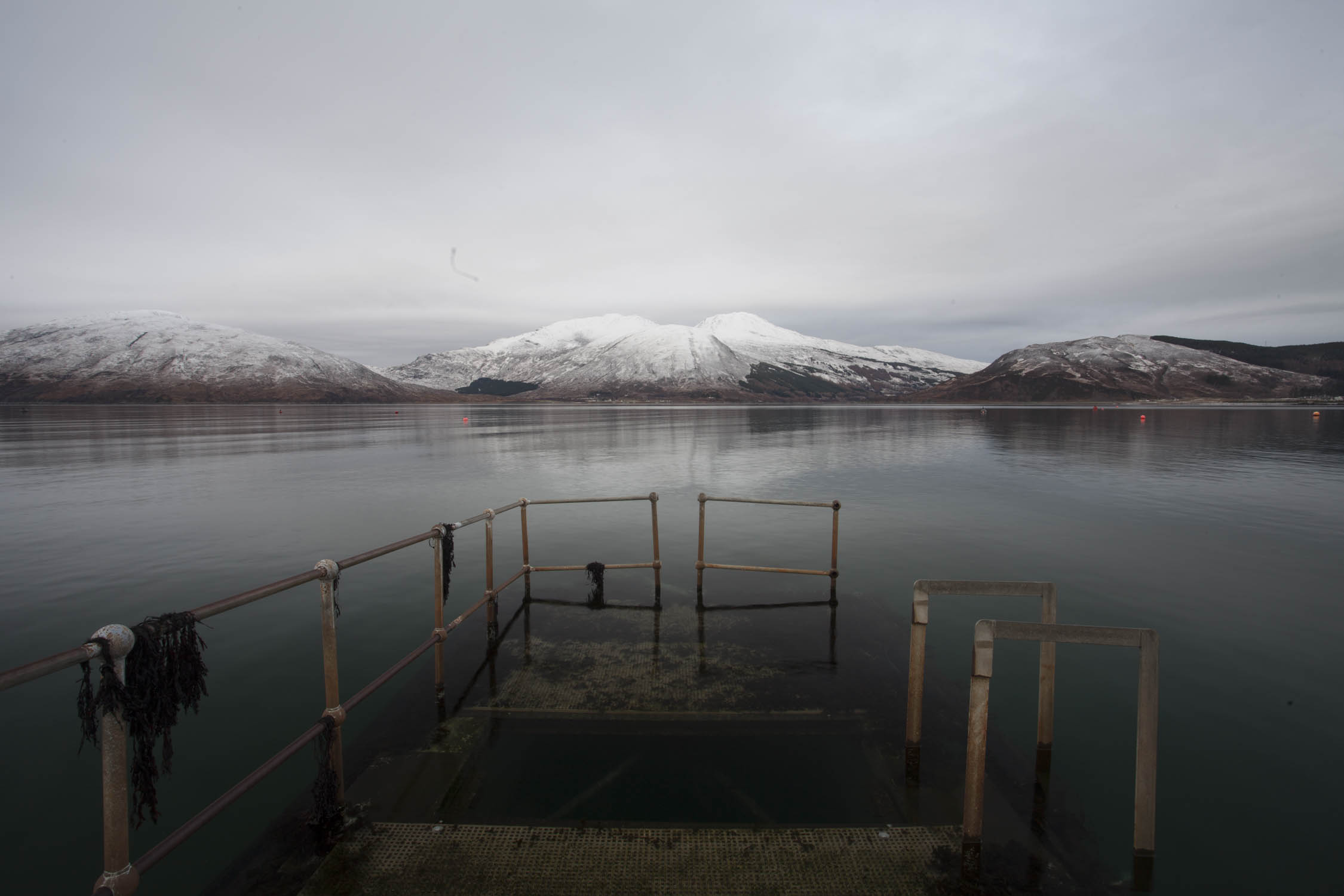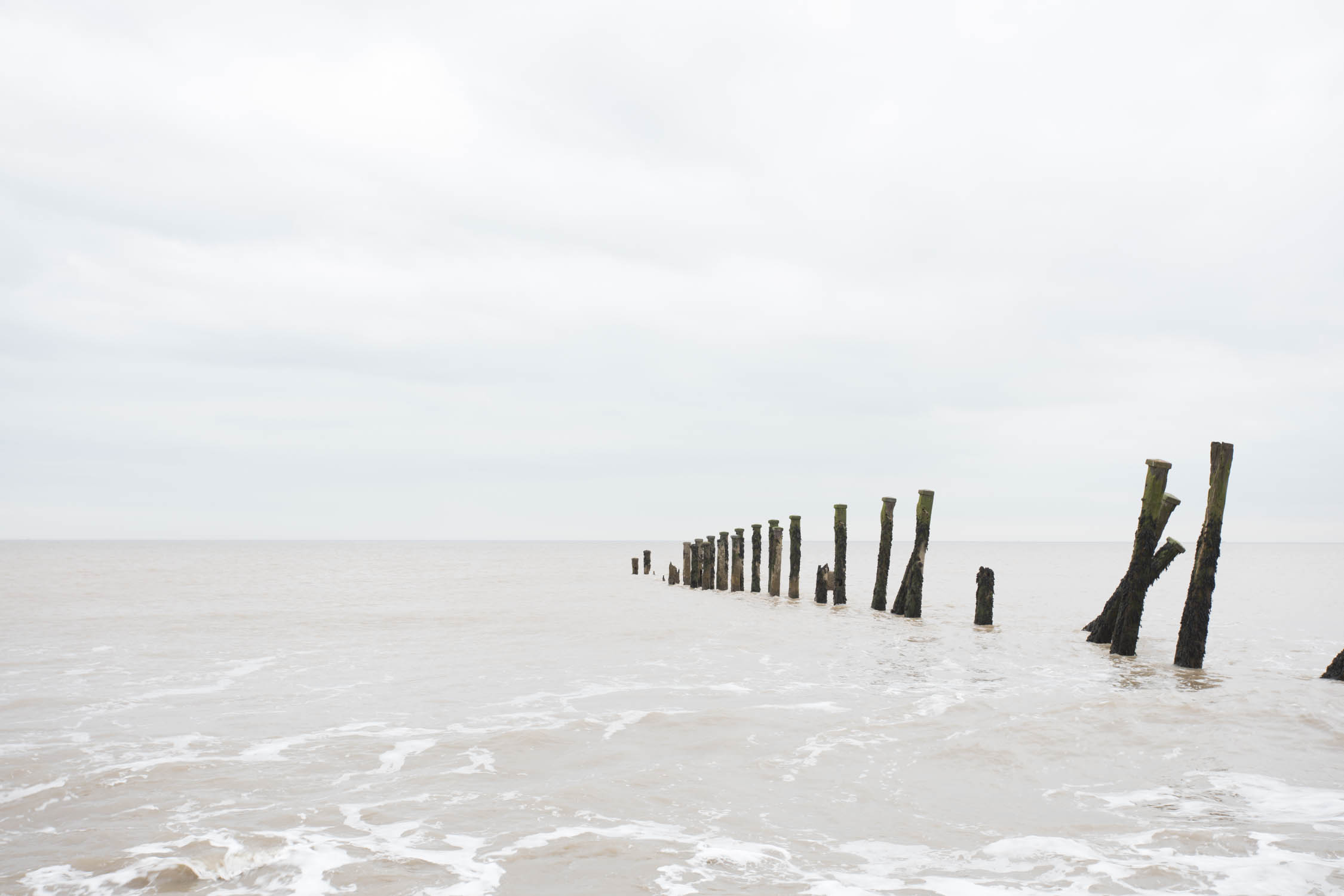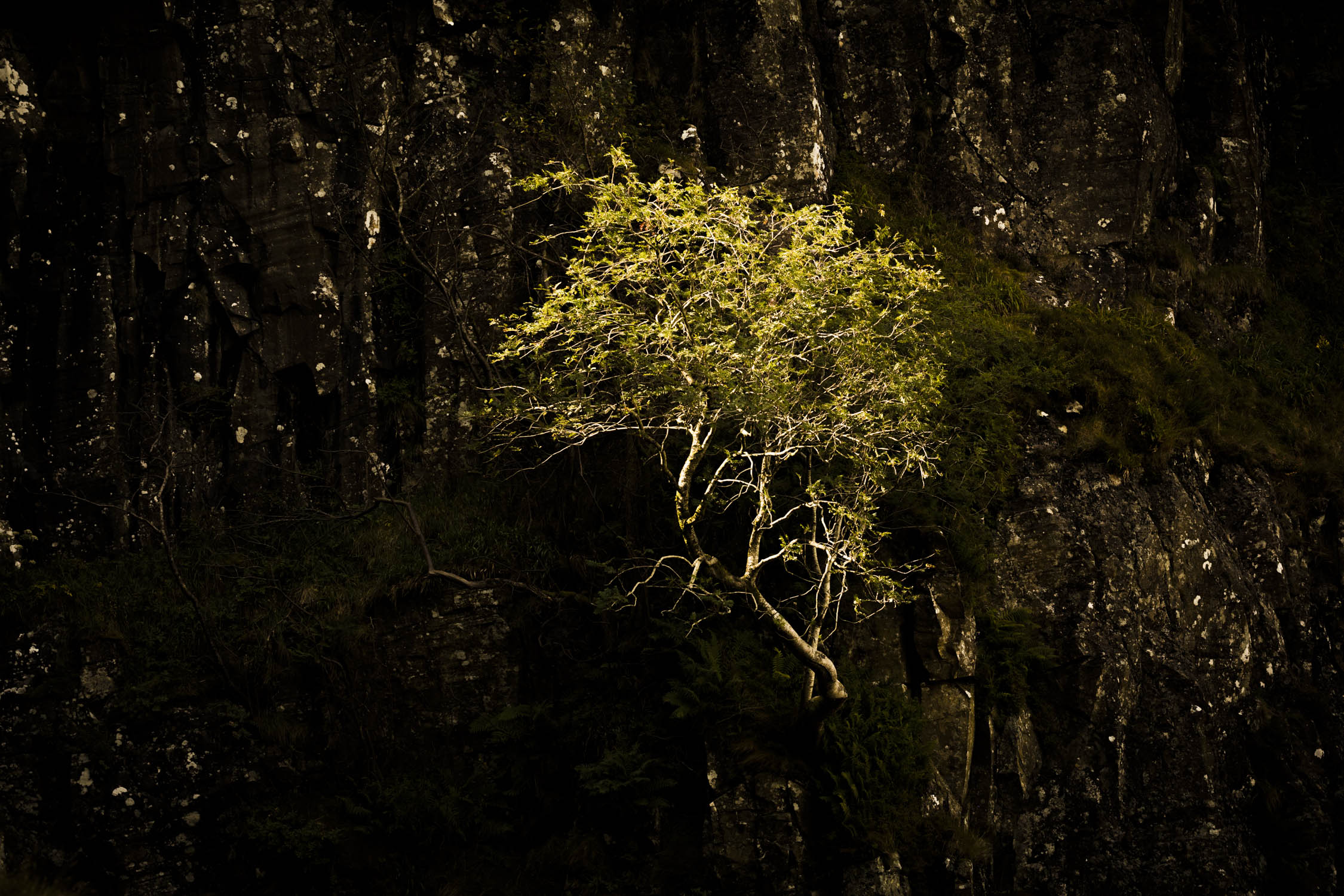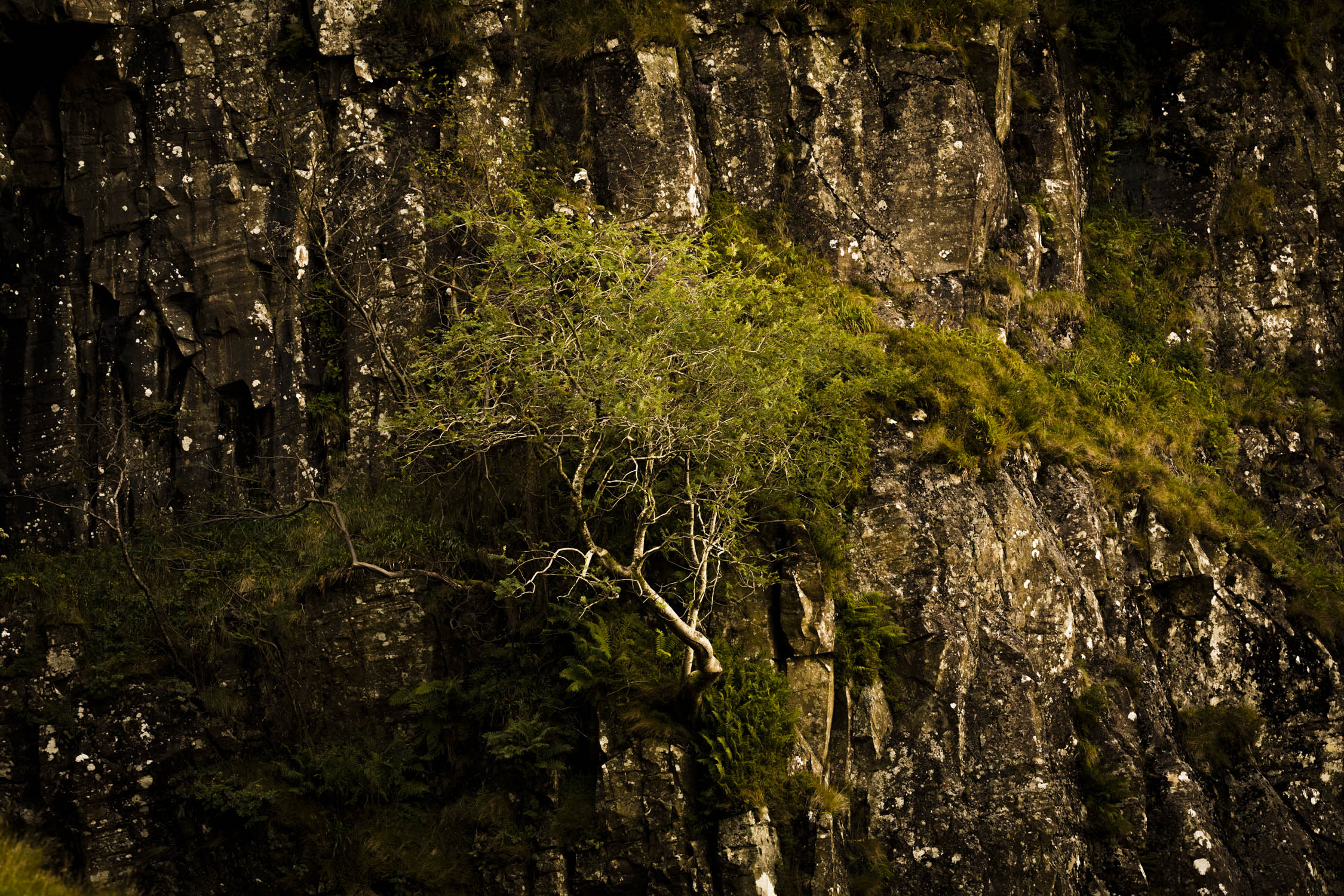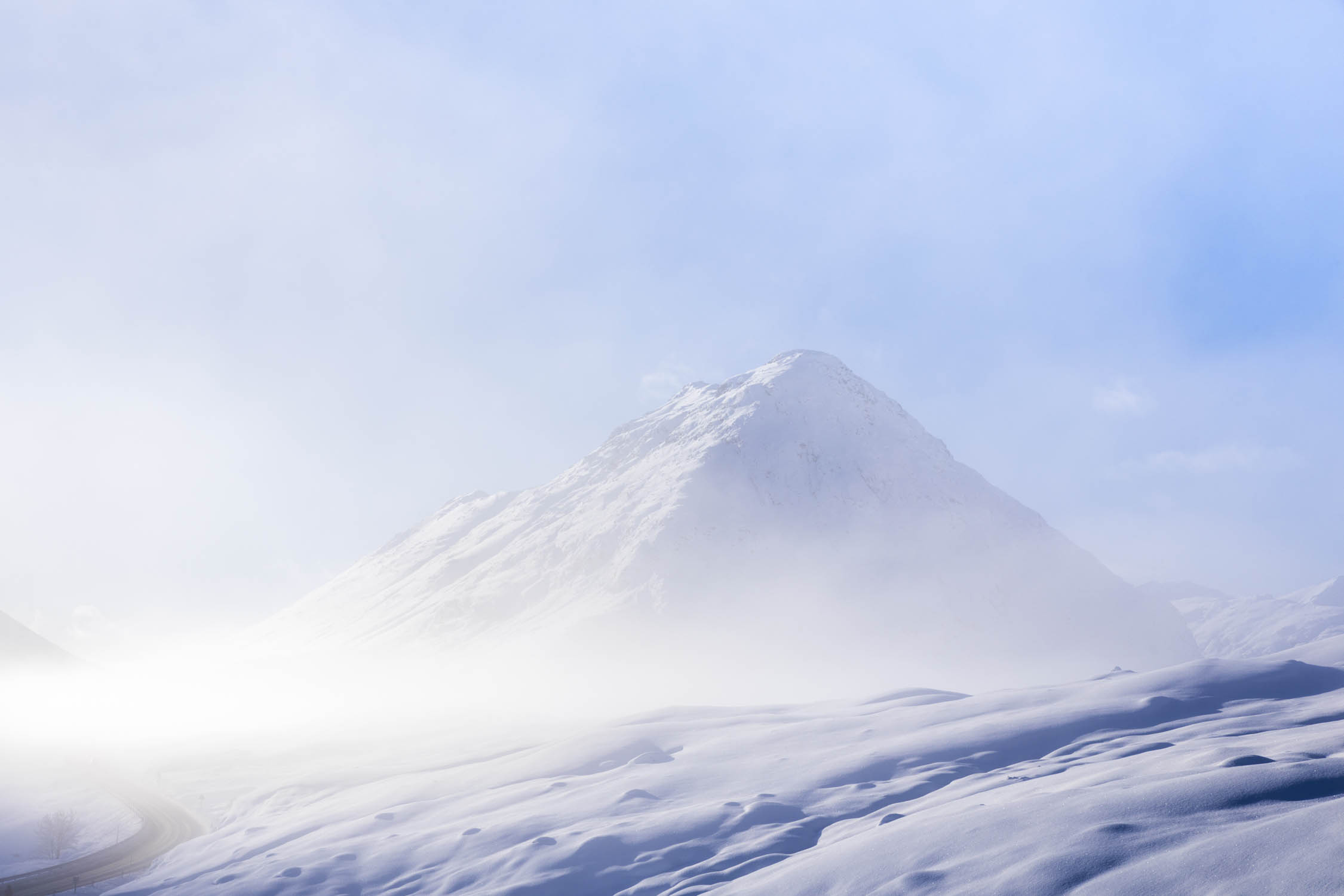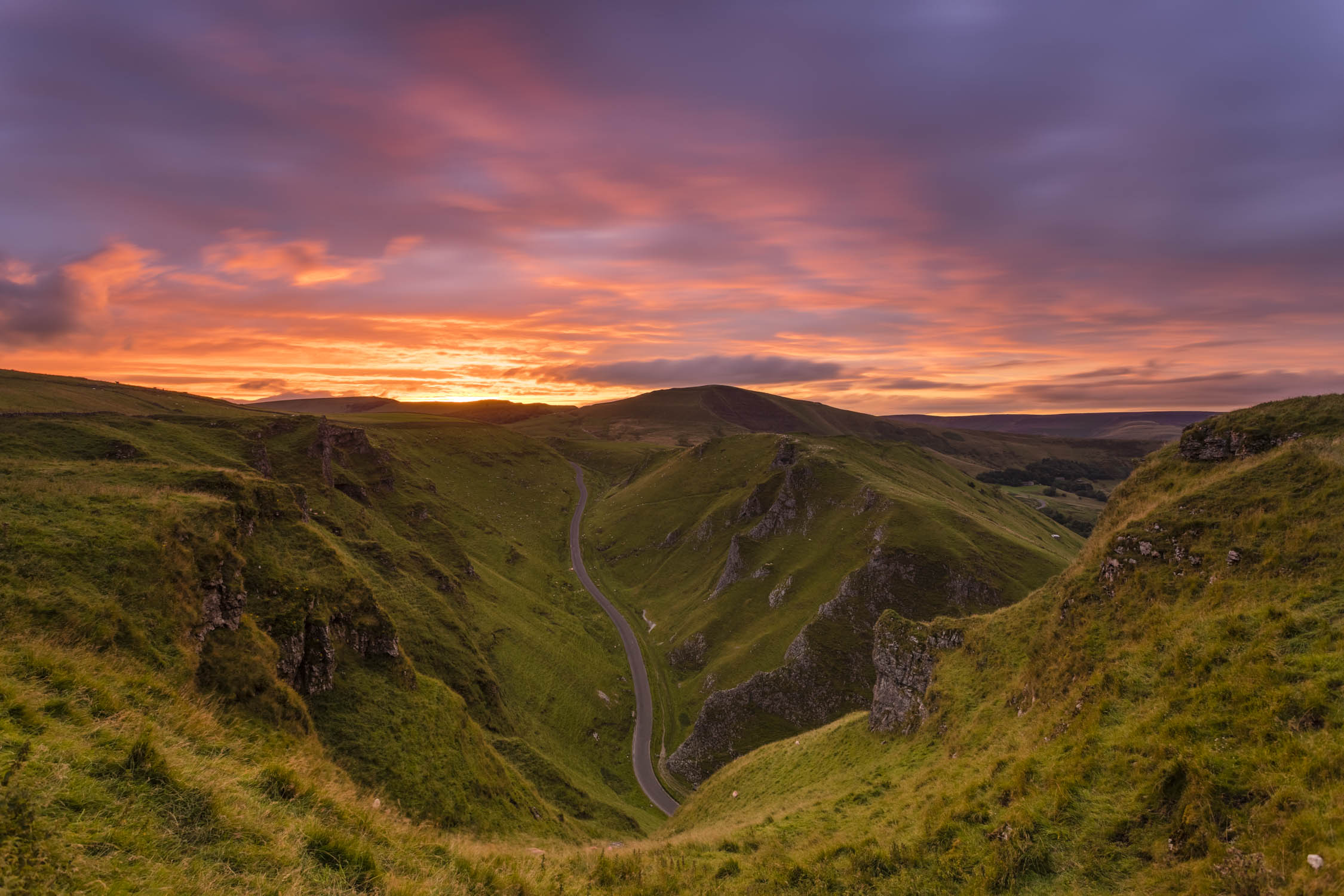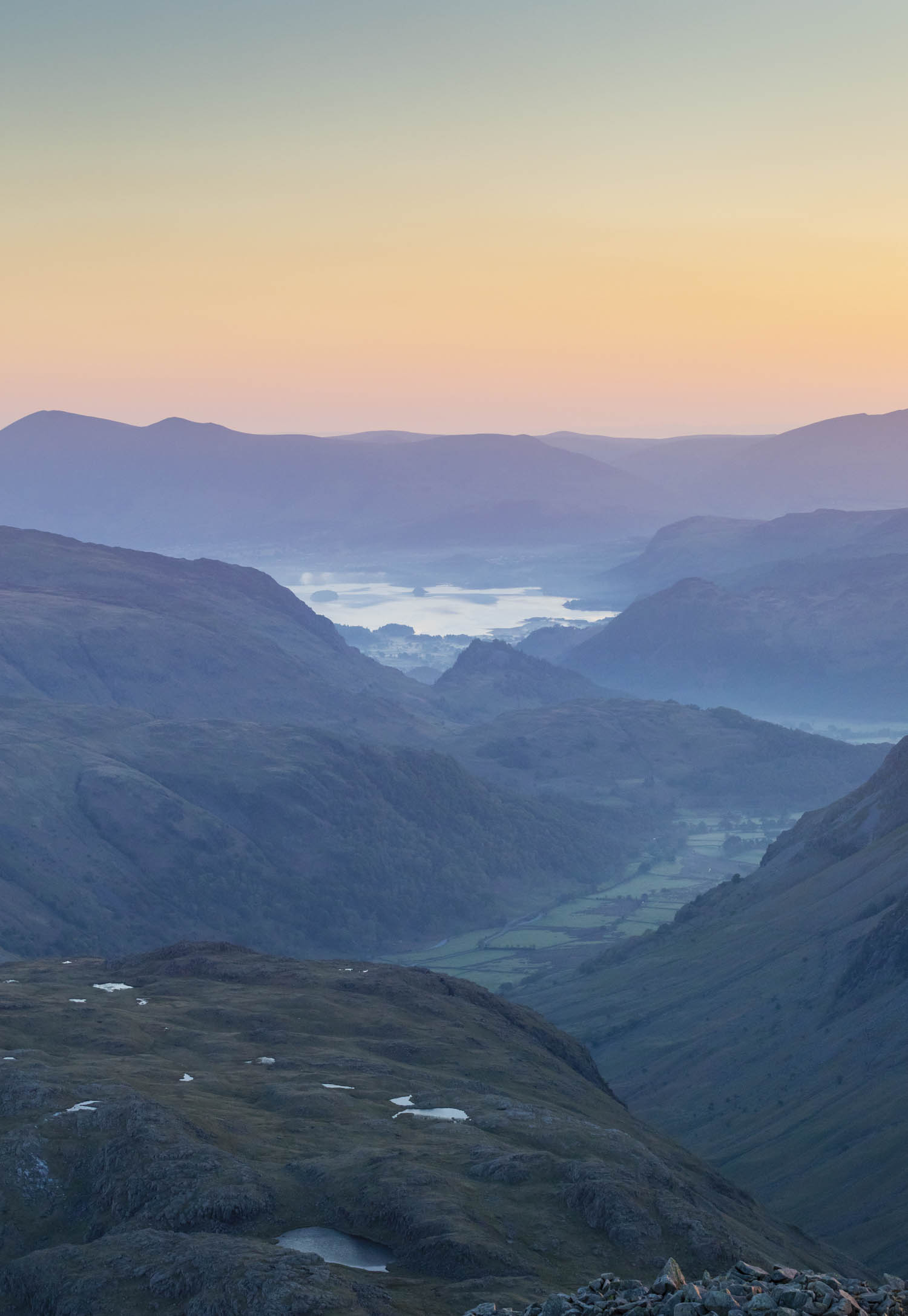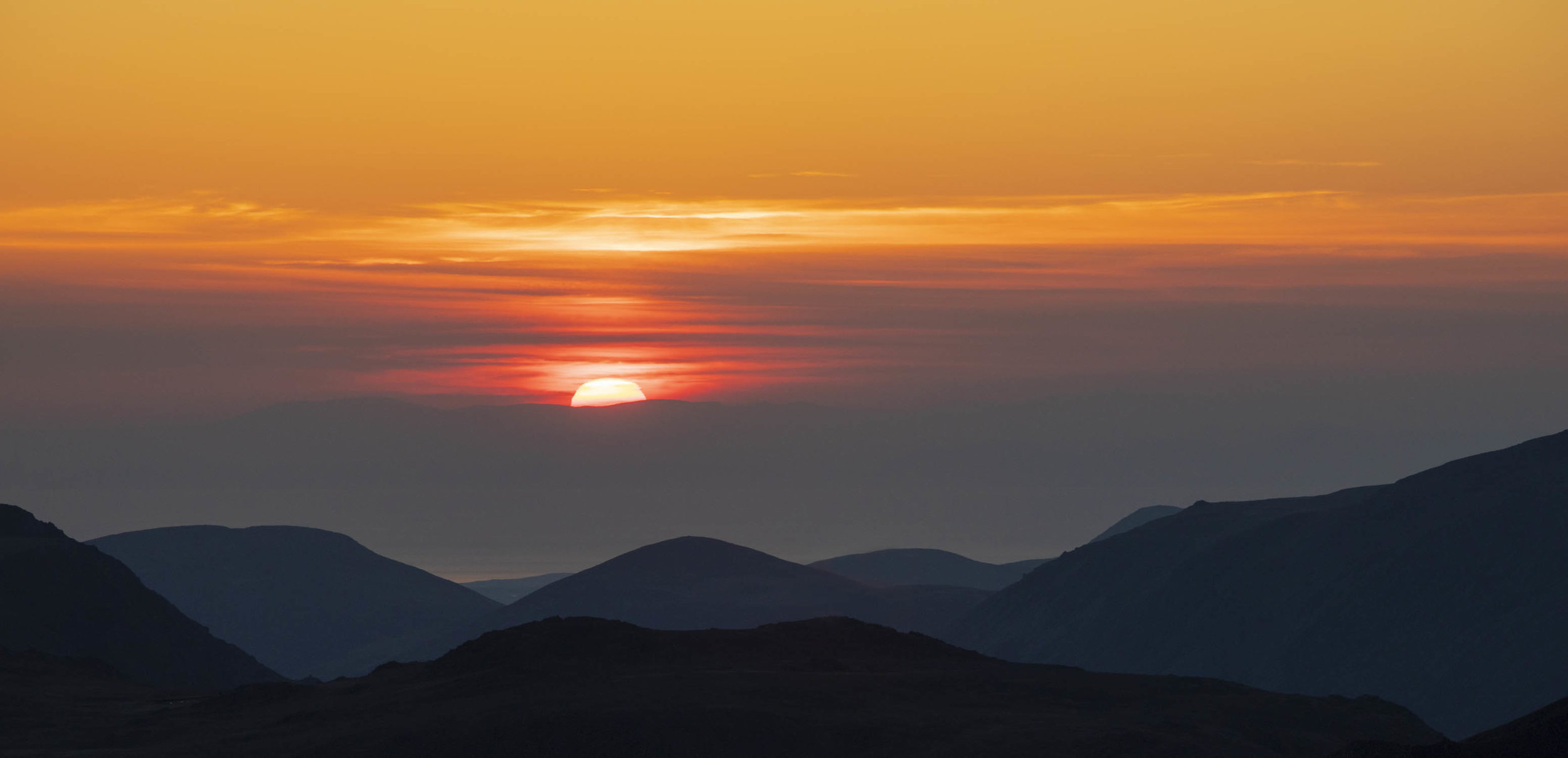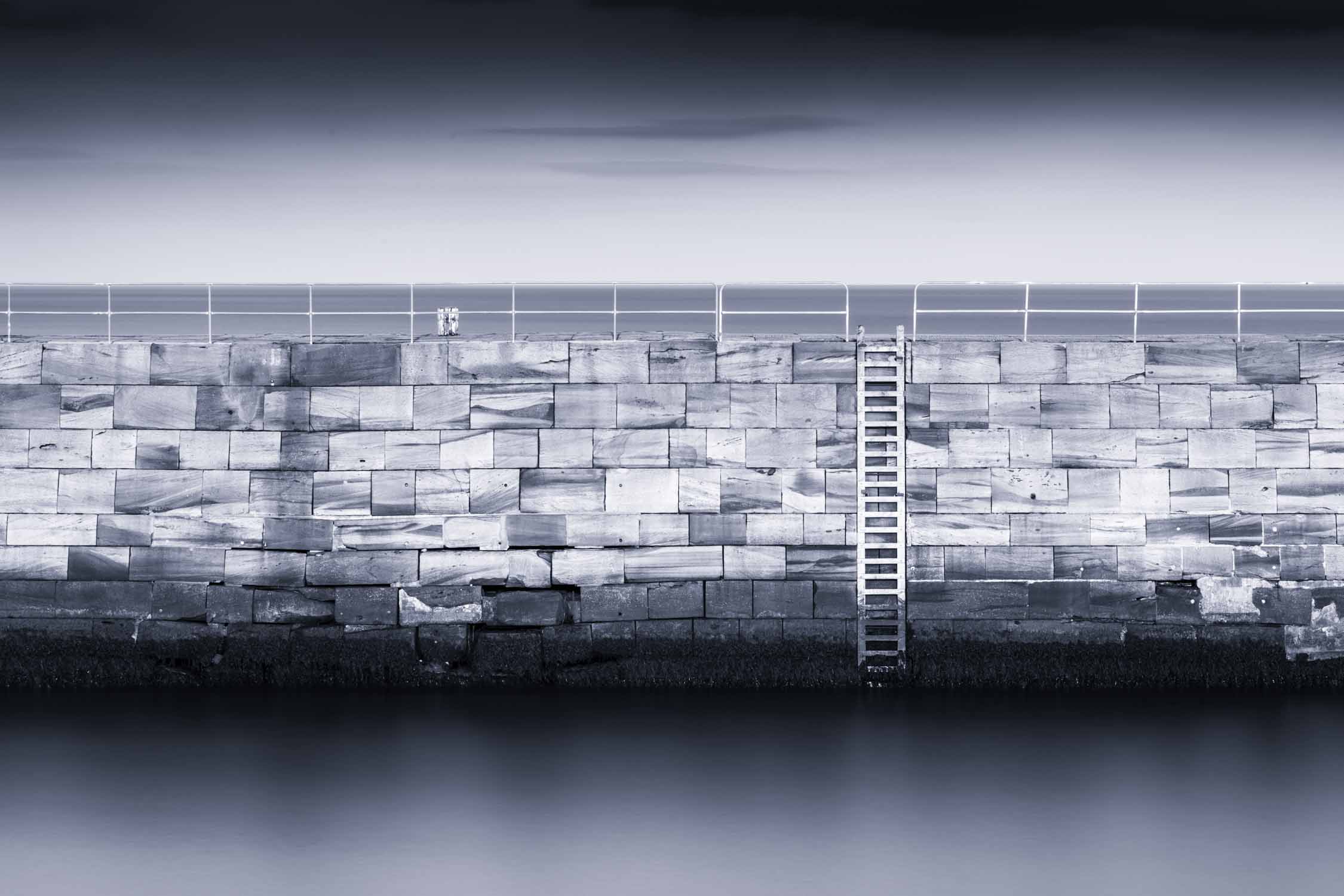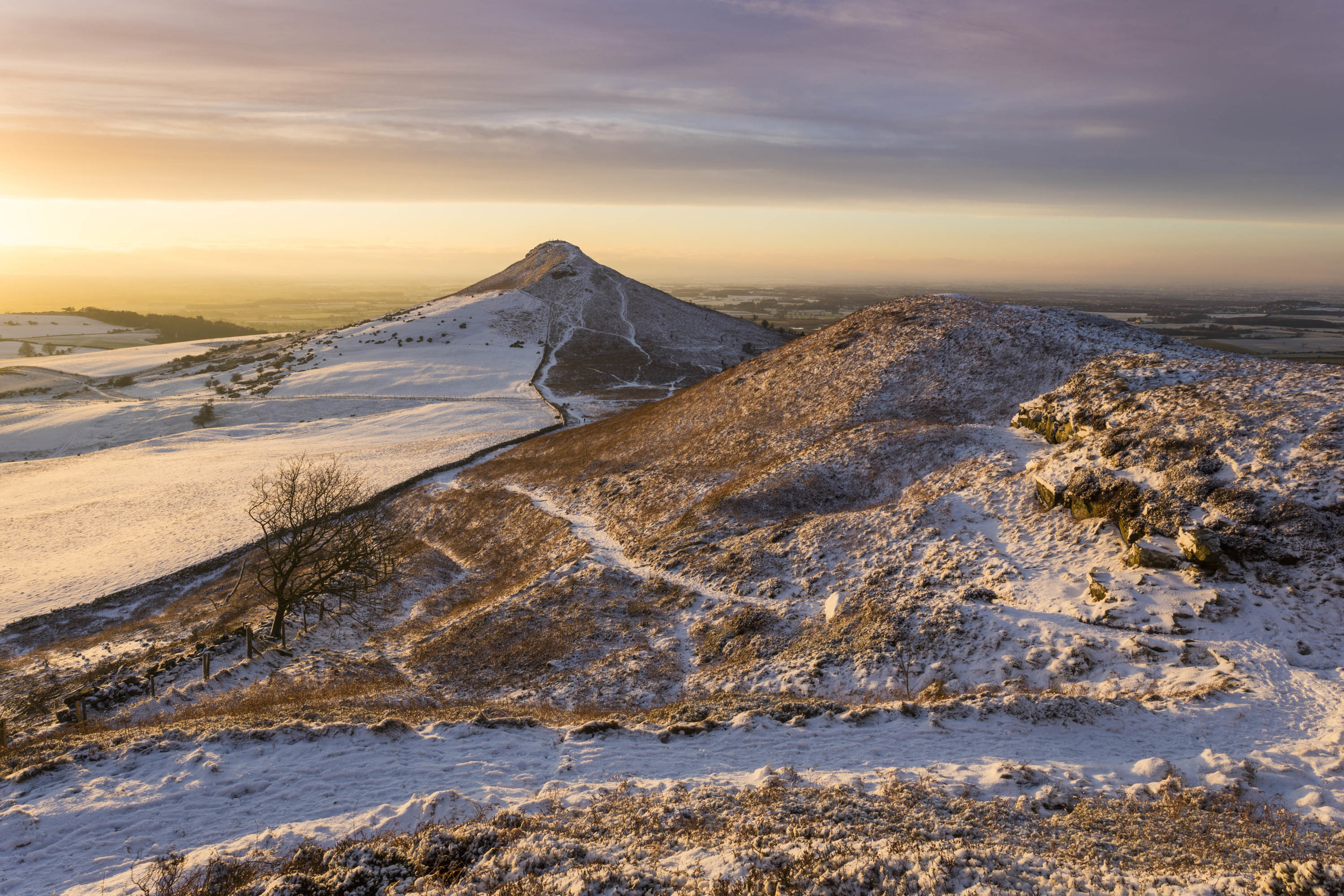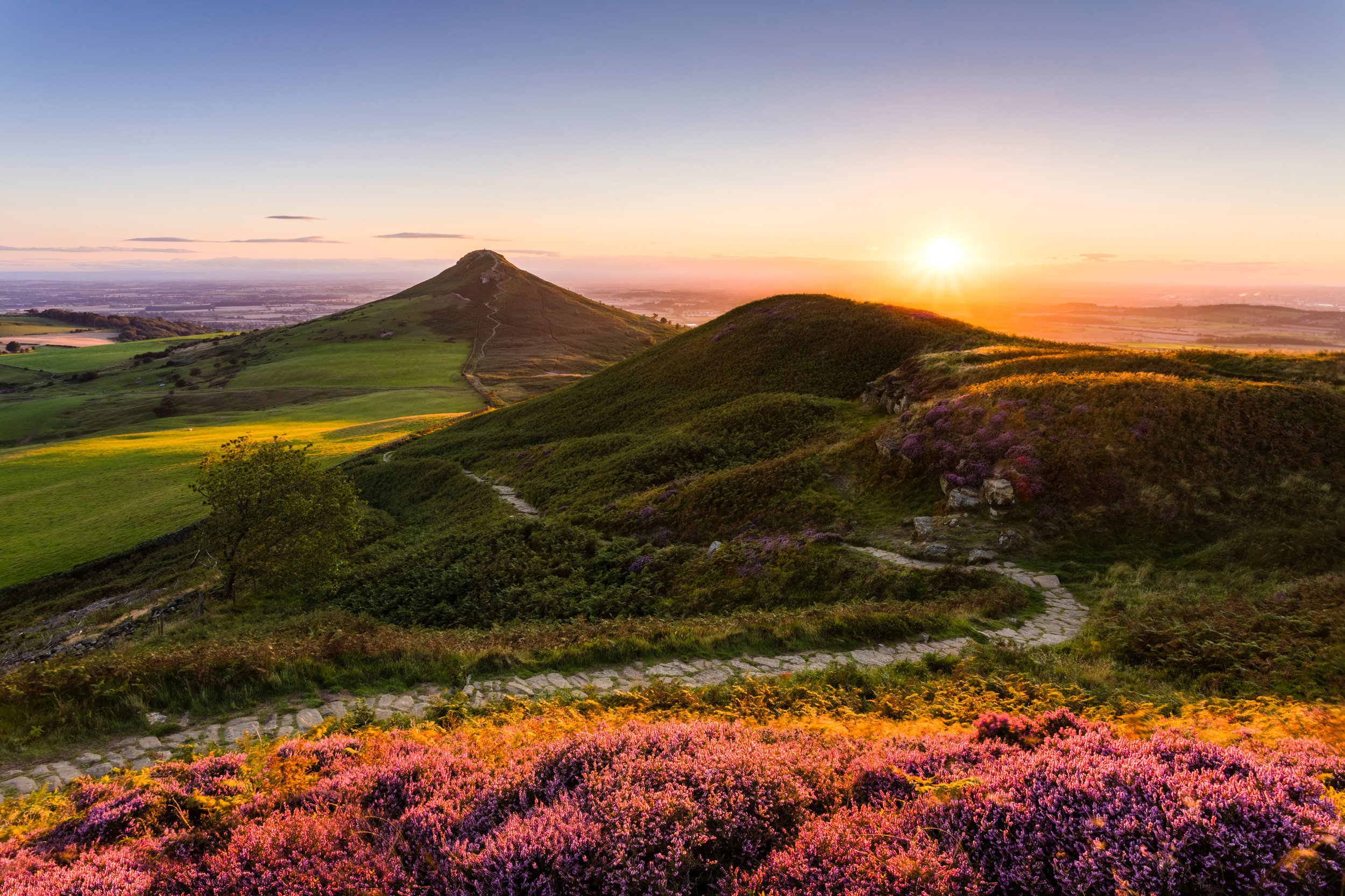Today I break the rule of thirds, suffer a failure on the moors and get up for some summer sunrise seascape photography.
Get a FREE trial with Squarespace and 10% off your first order - http://bit.ly/SquarespaceFirstMan
Follow First Man Photography for the latest updates:
Instagram - http://bit.ly/InstaFirstMan
Landscape Workshops - Click here
In this video I head to the beaches of North Yorkshire to shoot some seascape photography before heading back to the studio to show the photo editing. It eventually worked out with some long exposure photography and by breaking the rule of thirds. It did not come easy though after spending three days searching for an image. This included heading to Roseberry Topping, hitting the moors without luck and encountering miles of poorly flowering heather without any good light. It was very frustrating. It was also brilliant.
It finally forced me to get up early for a sunrise and the coast seemed to offer the best of the weather. The summer beaches in the UK are very popular so to get a clean landscape, sunrise is where it’s at. I headed to Saltwick Bay near Whitby and was welcomed with a tiny amount of Light creating in the sky creating a small possibility of getting a good images. I was lucky enough to have some interesting green rocks on the shore line. Breaking the rule of thirds allowed me to fill the sky with colour and maximise the interest in the foreground created by the rock.
Next I moved along the coast to Sandsend. A place I know very well. Heading to a familiar location is always a good tactic when things are not going totally to plan. It increases the ability to capture a good image when the pressure to discover a new composition is removed. Revisiting old scenes is a valid tactic and will always provide results that are different from previous visits.
On this occasion I ended up with two to three good pictures and it felt like a good reward for three days of toiling. It provided an opportunity at the end of the video to show the edit in an Adobe Lightroom tutorial type segment. I hope you enjoy.


